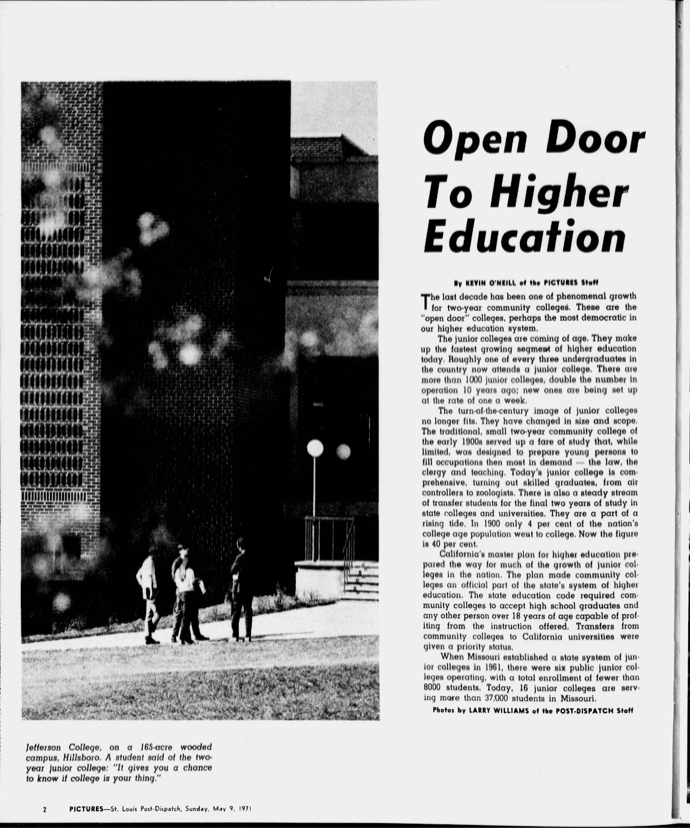By Layla Azmi Goushey
This piece is the first in our series on pedagogy, focused on themes of inclusivity and equity. The introduction to the series can be read here and pieces in the series will be linked in the introduction as we publish them.
I met for coffee with a friend, a retired English faculty colleague, a few years ago and after catching up on current events, we got onto the subject of our teaching methods. She had taught at my campus for 36 years, and I occupied her previous office. I described a few of my approaches to inclusive pedagogy and expressed my interest in cutting edge theories of teaching and learning. As we compared notes, I realized that my colleague had utilized many of my “cutting edge” approaches in the 1970s. “Yes, we tried that,” she thoughtfully said. I had mentioned my interest in encouraging students to write without self-criticism toward their “home” language or dialect, the natural way we all speak (and text). Writing is recursive. We can always seek feedback, self-edit, review, and revise.

At first, I was discomfited as I mulled that my cutting edge method existed 45 years earlier, but then it occurred to me that my colleague was a trailblazer. I had inherited her and her colleagues’inclusive, institutional framework. The ongoing conversation about inclusive pedagogy at my college was initiated by them. She had been at the forefront of one of the most transformational moments in education: The creation of the community college.
Continue reading “The Community College Mission: How Inclusive Pedagogy Emerged from the 1947 Truman Report and the Open Door to Higher Education”